Last year we went on a behind-the-scenes tour of Fonthill, which was built by Henry Chapman Mercer as his home. He built the entire structure with poured concrete to protect his artifacts that he collected from his travels around the world. The structure was finished in 1912. The behind-the-scenes tour, and any tour at Fonthill, is fun because to visit the 8 bedrooms and various drawing rooms, you have to wind up and down the 32 staircases that Mercer included in the design. Pressed into all of the concrete are his artifacts, including tiles that he picked up from around the world and his own tiles, made at the Moravian Tile Works, which is located next door. Unfortunately, photography is not allowed in Fonthill, but check out Atlas Obscura's page on Fonthill for some pictures and more history.
Since we had already toured Fonthill a couple of times, Nick and I decided to tour the Tile Works this year.
It was equally as fascinating as Fonthill but we got to take pictures! The first stop on the tour is a large room that, like Fonthill, contains Mercer's artifacts and tiles. I could have stayed in here for hours looking at everything.
We got to sit in front of this huge and amazing fireplace while we watched a 17-minute video on the history of the Tile Works, which included a demonstration of how the tiles are made. The Tile Works is still in operation today and they use the same exact methods that Mercer invented back in the early 1900s. It really is fascinating how they use molds to make traditional tiles, as well as the mosaic tiles that Chapman was famous for. Chapman was commissioned to use his mosaics to design the floor of the Pennsylvania State Capitol building.
There were even more artifacts hanging above the fireplace.
After the video was finished, we proceeded up a very narrow staircase to a room that displayed some tiles and further explained the history of the Tile Works. Even the staircases have tiles on them.
Here is one of Mercer's famous mosaics next to the cast that was used to make it.
There were shelves stacked high with tiles, giving the impression of what the storage rooms would look like when Mercer was alive.
We then weaved through some hallways holding kilns. Next we descended down a spooky and narrow staircase to a room where artisans were making tiles for the present day.
In a cellar beneath the tile-making room was the clay storage room. It had a gravel floor and was pretty humid, which kept the clay nice and moist while it was stored.
On the ceiling of the clay storage room was this saying, displayed in tiles made at the Tile Works.
We weaved through another hallway of kilns and an explanation of the firing process until we reached a showroom of the different tiles made at the Tile Works.
The showroom was beautiful. Many of Mercer's tiles told famous stories, such as stories from the Bible or classic folklore.
Even the exterior of the Tile Works features Mercer's tiles. Aren't the chimneys and Spanish-style roofs beautiful?
We found an old bird's nest in one of the window nooks!
After our tour at the Tile Works, we headed next door to Fonthill for a short walk around the grounds. The drive up to Fonthill is gorgeous and made for an excellent backdrop for our wedding photos.
Next to the main house is the carriage house. The upstairs is decorated with tiles just as Fonthill is, and served as our very awesome cocktail hour location. As I mentioned yesterday, our guests were able to mill about the grounds and visit the inside of the carriage house and its balcony, as well as the ground floor of Fonthill Museum. Near the end of the cocktail hour, Nick and I were able to make a quick visit to the museum! Our guests really enjoyed being able to see the inside of Fonthill and were also thankful to get inside for a few minutes since it was a chilly October evening!
The Fonthill grounds are filled with gorgeous old trees. I absolutely love it there.
We even spotted a woodpecker! He was going to town on this hole, which appeared to have been formed when a branch snapped off.
After our visit to Fonthill, we headed across the street to the Cross Keys Diner. It's pretty small, but we love its classic diner food and hometown feel, even if it's not located in our town. They make the best grilled cheese and we always split a black and white milkshake. While on vacation, we realized that "black and white" flavored milkshake must be a regional thing, but it really is the best choice for a milkshake—it's vanilla and chocolate. Yum!
We then ventured into Doylestown proper to visit Quilt Art: International Expressions at the Michener Art Museum, the very first showing of the exhibit in the US!
Photography isn't permitted in the exhibit, but it was awesome! If you are in the area I highly recommend that you visit before it leaves on December 31.
Even though we have visited before, we also took a walk around the Michener. One of our favorite spots in the Michener is the George Nakashima Reading Room, which was constructed after the death of the famous woodworker.
The lighting and the clean lines of the furniture make it such a peaceful place to sit. While we were relaxing, a museum tour came in so we stayed and listened. George Nakashima had a woodworking studio in New Hope, PA, which is a short drive from Doylestown. He and his family were sent to a camp in Idaho during World War II, where he started making furniture. Eventually he gained a sponsorship from Antonin Raymond and he and his family moved to New Hope, where Nakashima worked on Raymond's farm. Soon he opened his workshop and the rest is history.
In the 1970s, this chair would have cost around $600. Today, it is worth about $10,000! Have you ever sat in a $10,000 chair? I have and it is VERY comfortable. We could have sat there for hours without having sore butts. This man knew what he was doing.
Nakashima also made sure to keep the elements of the wood that made it unique. Most furniture retailers would refrain from using pieces of wood with cracks or holes, but thinking that each piece of wood had its own personality, Nakashima kept those elements to give the furniture character.
Once we left the Michener, we were in need of a short nap before we headed downtown for dinner at Tinto. Jose Garces, the newest Iron Chef, has a bunch of restaurants in Philly and we had been to almost all of them except for Tinto. Nick and I love to order the tasting menu at his restaurants because we get to taste the dishes that the chef hand picked. Tinto was good, but it wasn't nearly as good as our favorite of Garces' restaurants, Distrito, which is Mexico City themed. We get an amazingly delicious meal every time we go there and the atmosphere is fun too.
After all of that culture and good food, we returned home happily exhausted. We'll have to come up with something good to top this anniversary celebration next year!

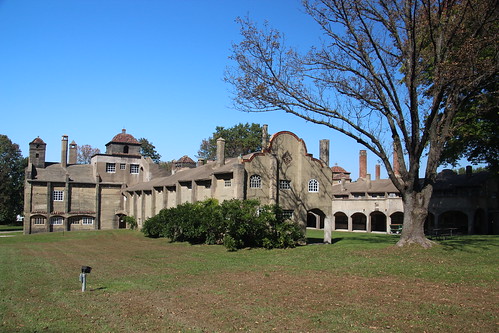
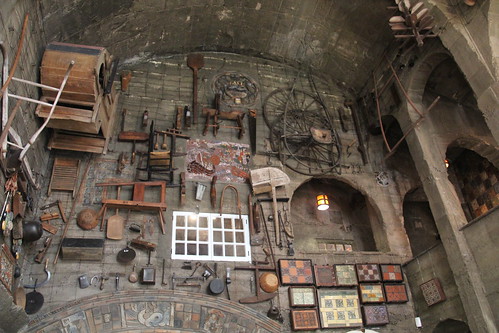
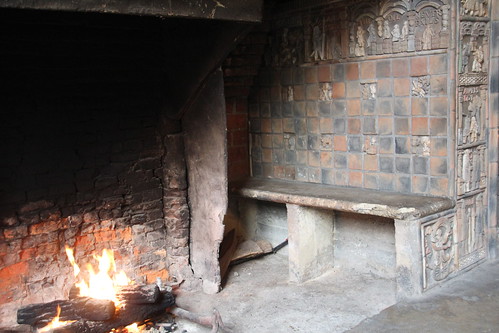
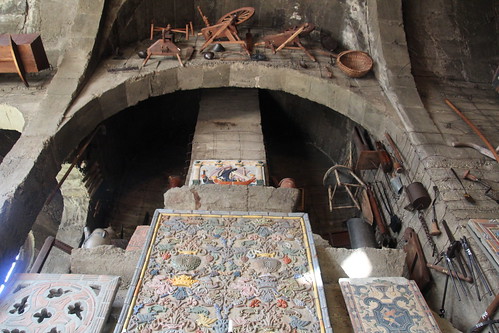

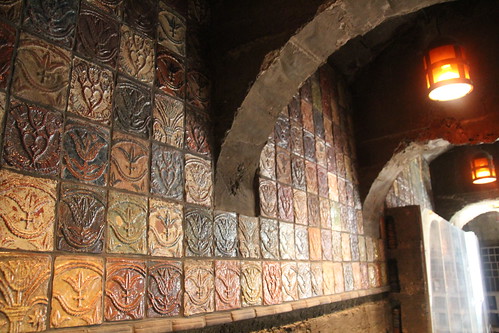
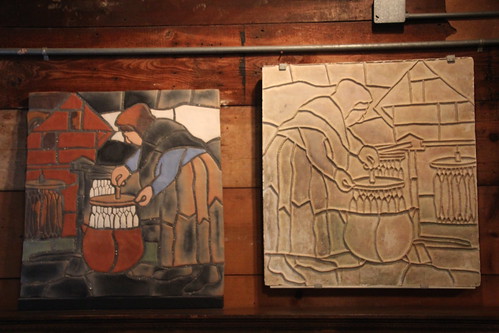
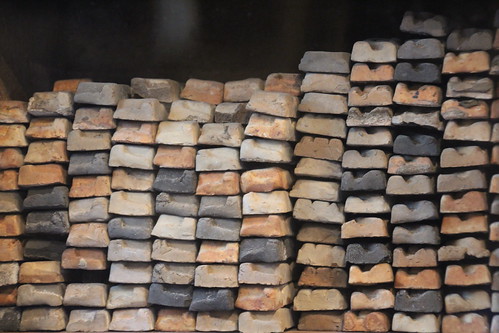
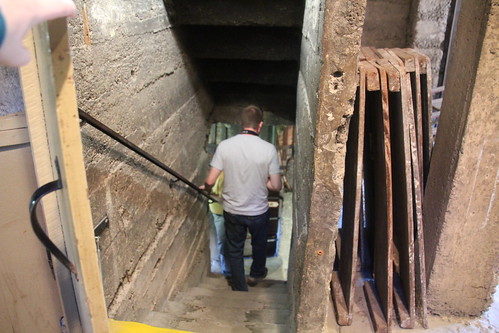
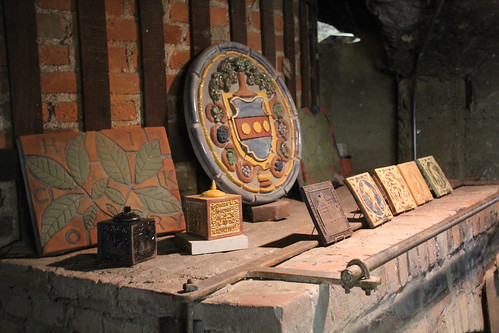
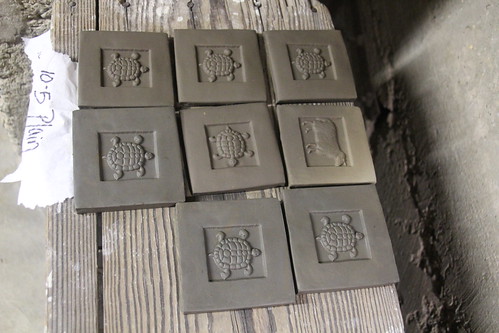
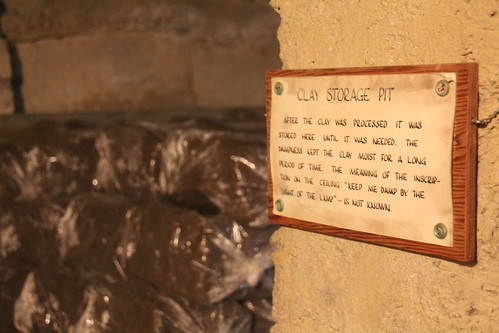
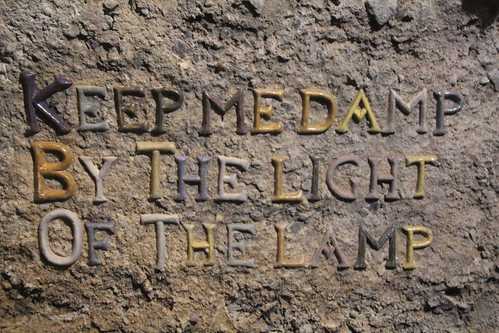
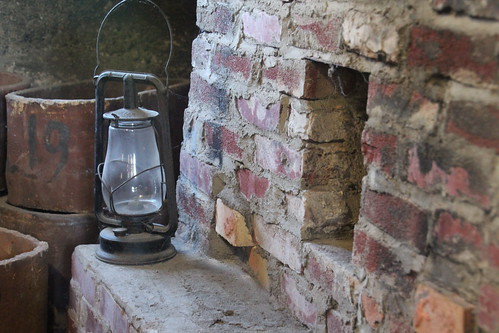
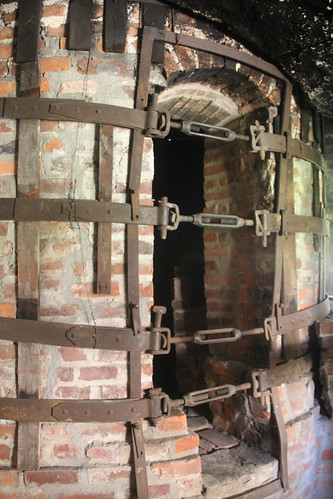
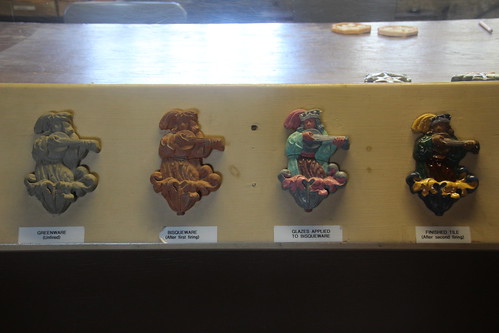

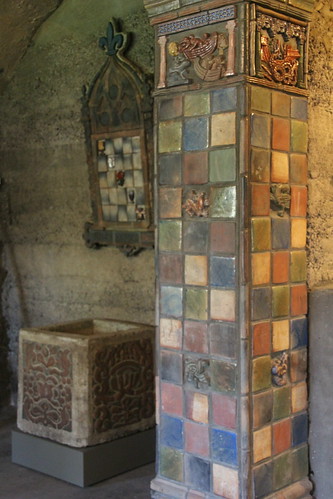
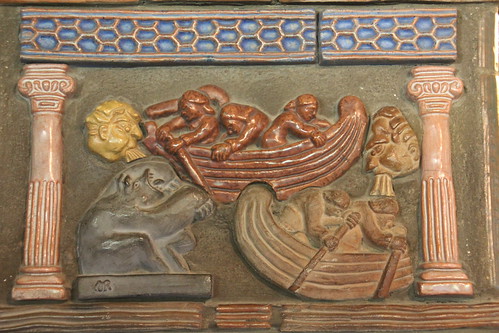
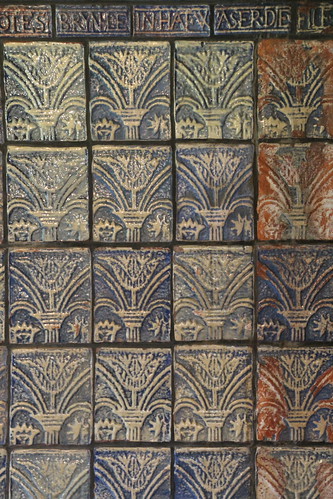
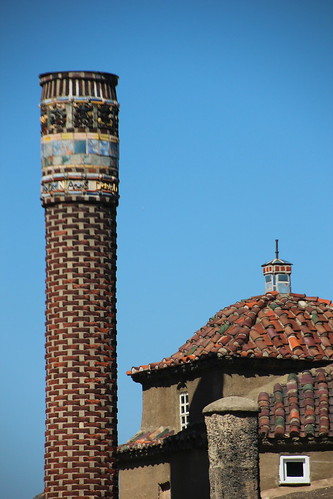
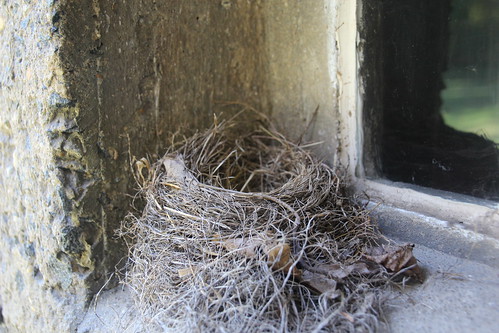
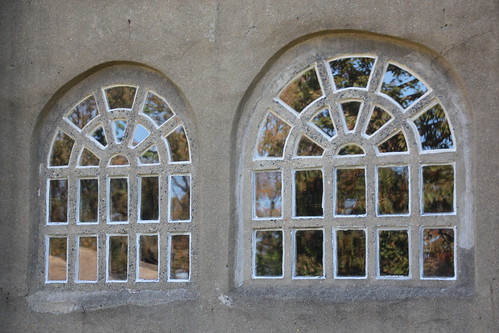
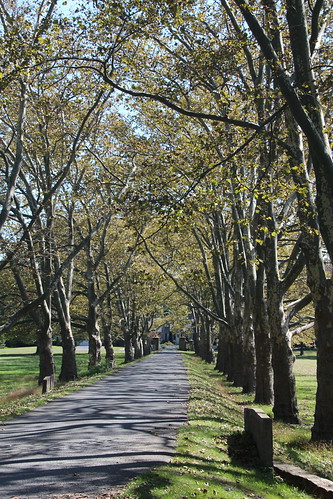
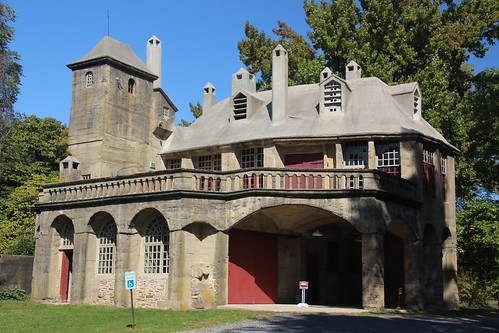
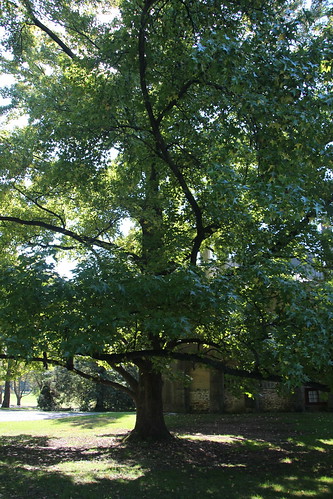
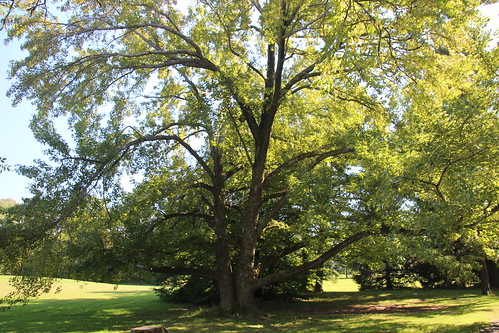
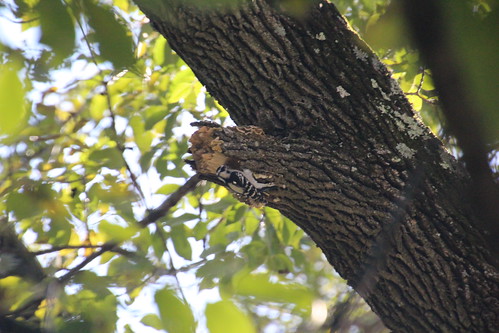
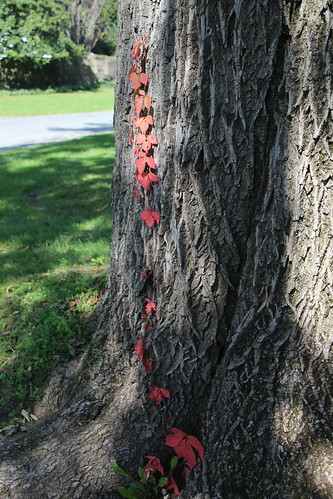
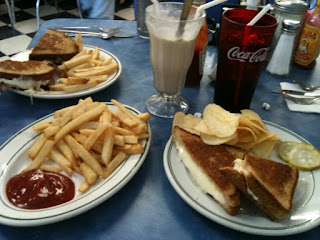
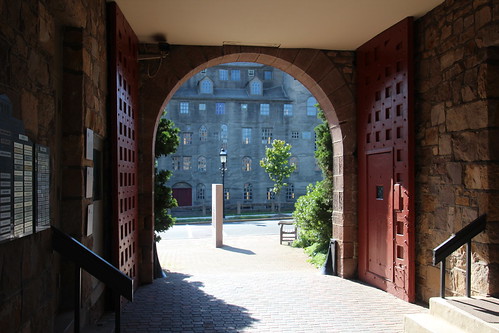
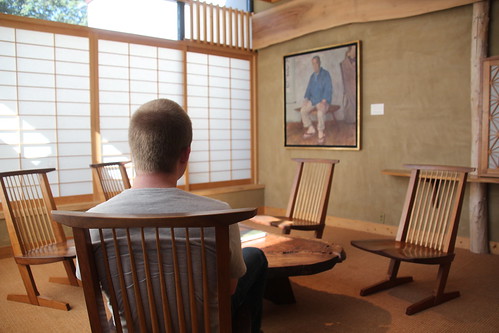
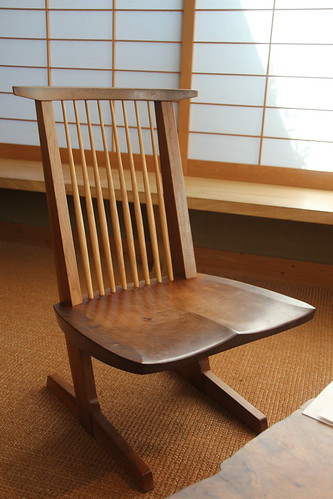
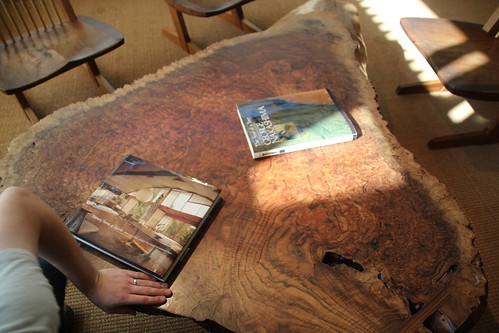
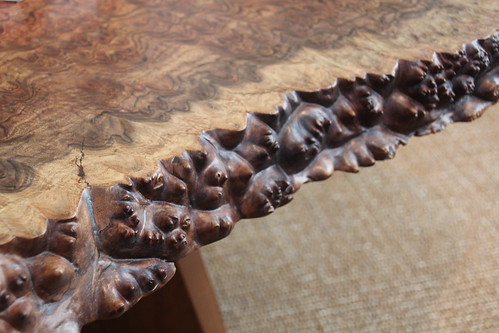
The Fonthill Museum looks so interesting. What a special place to hold a wedding!
ReplyDeleteMmmm... I love black & whites! They're an East Coast thing-- I never saw them anywhere when I lived in the midwest or in California. Yum!
ReplyDeleteDear Lindsay ~ thank you so much for sharing your great story and photographs. I live near State College and never knew this existed ~ a road trip must be planned soon! Simply beautiful ~ and a great slice of Pennsylvania history, as well. I hope you don't mind, but I "pinned" some of your pictures on Pinintest, giving you full credit, of course, and the pinned images are linked to this blogpost. Hope this will give you the recognition you deserve and encourage others to enjoy the beautiful places our Commonwealth has to offer. Cyndy Engle, Millheim, aka 110 Penned.
ReplyDelete